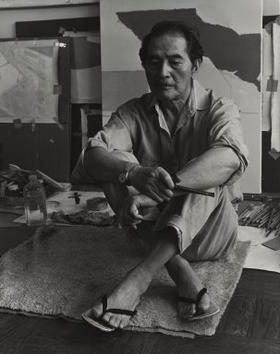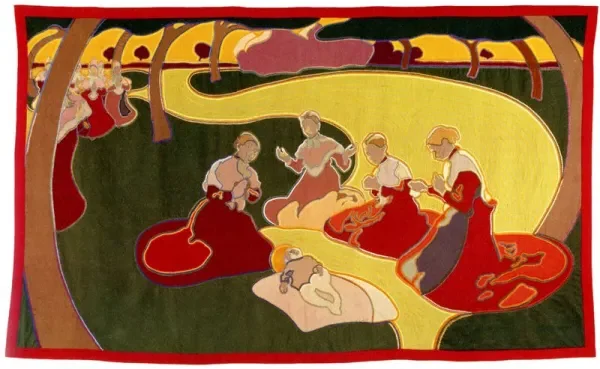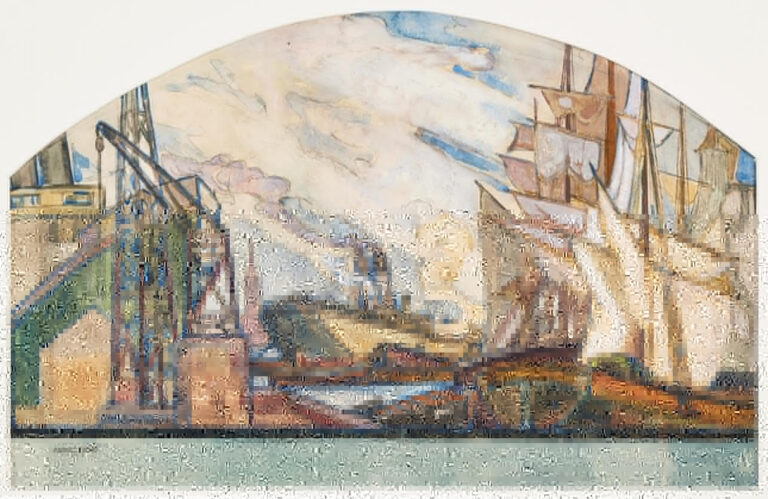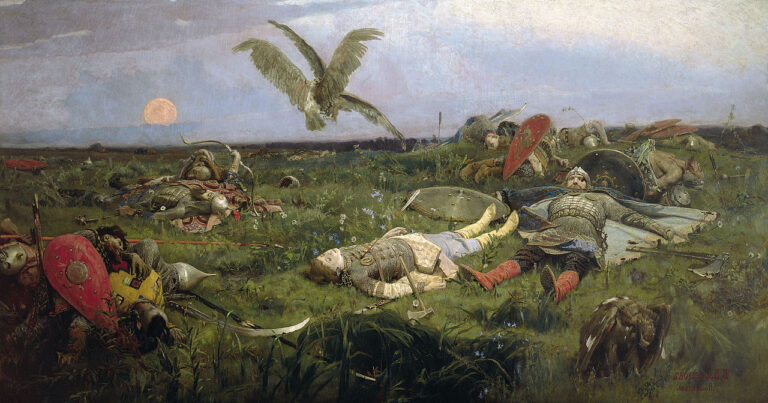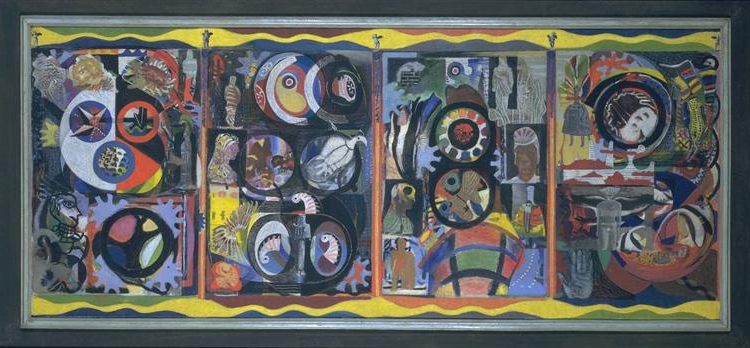Kenzo Okada Painter: Japanese Abstract Expressionist Pioneer
Born: September 28, 1902, Yokohama, Japan
Death: July 25, 1982, Tokyo, Japan
Art Movement: Abstract Expressionism
Nationality: Japanese American
Influenced by: Jean-Francois Millet
Institution: Tokyo School of Fine Arts
Kenzo Okada Painter: Japanese Abstract Expressionist Pioneer
Life and Education
Kenzo Okada began his journey an artist painter in Japan. He went on to become a Japanese American painter. His early education and years in Japan shaped his artistic vision and techniques.
Early Life in Yokohama and Tokyo
Kenzo Okada was born on September 28, 1902, in Yokohama, Japan. He was raised in a wealthy household. Kazo Okada was the owner of a successful manufacturing company.
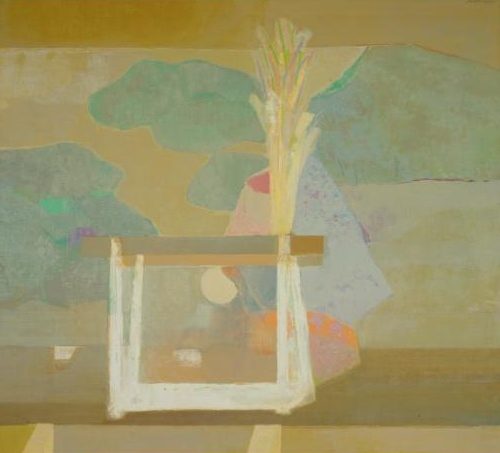
Kenzo Okada’s A Well (1966)
Kenzo was always interested in drawing as a child. He was inspired to become an artist by Jean-Francois Millet at the age of 15. It was this that inspired him to be an artist.
Okada spent his youth between Yokohama and Tokyo. In these bustling cities, Okada was exposed to traditional Japanese arts as well as Western influences.
Formal Education and European Influence
Okada received his training in the Tokyo School of Fine Arts. This institution was well-known for its fusion of Japanese and Western art styles.
Okada visited Paris in the 1920s. There, he studied European art movements. The experience he gained there had a major impact on his work.
He studied modern art movements like Cubism, Surrealism, and more. Later, these influences would appear in his abstract works.
His time in Paris helped Okada bridge Eastern and Western art traditions. His later paintings reflected this unique blend.
Artistic Evolution and Career
Kenzo Okada’s artistic journey crossed continents and styles. He was recognized as a pioneering Japanese American abstract expressionist painter. His work combines Eastern and Western influences. He has received international recognition for his work.
From Tokyo to New York: Transition in Style
Okada started his art education in Tokyo Fine Arts University, Tokyo in 1922. In 1924, he moved to Paris and studied with Tsuguji Fujita. His early work was influenced by this experience.
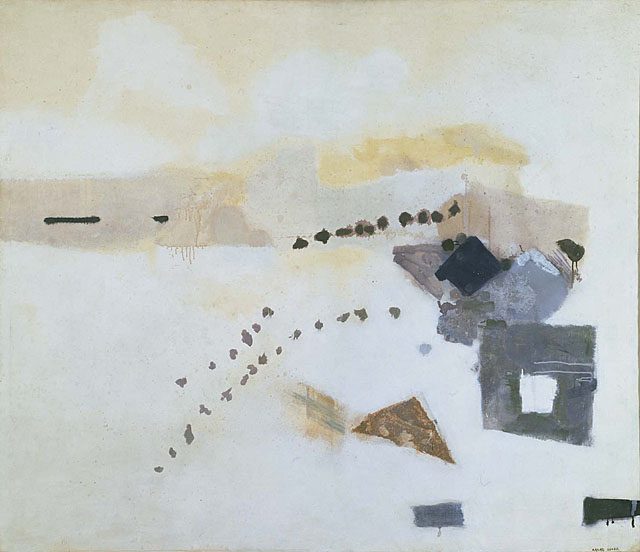
Footsteps (1954) by Kenzo Okada
Okada exhibited in Paris at the Salon d’Automne, 1927. Then he returned to Japan where he developed his style further. In his early works, he painted impressionistic landscapes with figurative elements.
Okada moved from Tokyo to New York City in 1950. It was a pivotal moment in his career. He started to explore abstract expressionism, a radical departure from his previous work.
Abstract Expressionism and International Acclaim
Okada’s style developed rapidly in New York. He merged abstract expressionism and elements of Japanese culture. His work was inspired by 17th century screen painting, Zen Buddhism and No theatre.
Okada painted with soft colors and abstract patterns. His paintings were also inspired by nature. In his compositions, he often used twigs and rocks as motifs. His unique approach attracted the attention of the world of art.
Okada exhibited his work at the Venice Biennale in 1958. In addition to the Astorre Meyer Prize, he also won the UNESCO Prize. His work was acquired by the Museum of Modern Art, New York, which further cemented his reputation.
Collaborative Works and Artistic Influence
Okada was a member of a circle that included many notable abstract expressionists. He exhibited at the Betty Parsons Gallery exhibition alongside Mark Rothko and other prominent artists from the abstract expressionist movement.
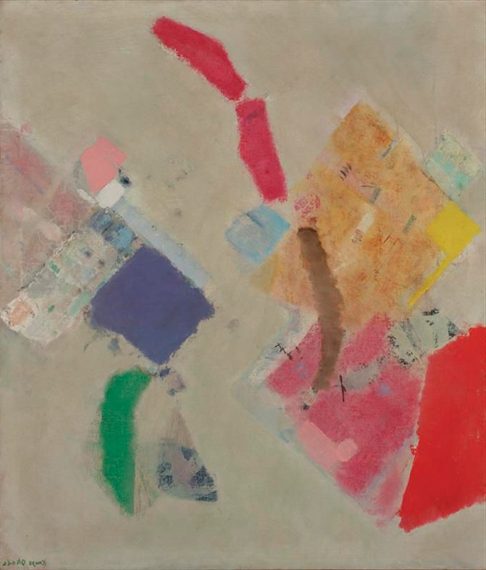
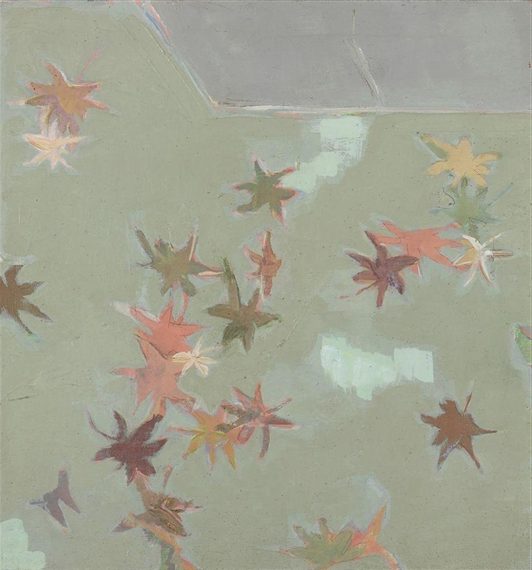
His work has influenced Color Field painting, and Lyrical Abstraction. Okada’s unique blend between Eastern and Western aesthetics has inspired many contemporary artists.
Okada’s paintings have been displayed in museums around the globe. His work was exhibited at the University of Iowa Museum of Art and the Yokohama Museum of Art.
Legacy and Exhibitions
Kenzo Okada’s art has left a lasting impression on abstract expressionism. Since his death, his work has been displayed in many museums.
Presence in Museums and Private Collections
Okada’s works are held in collections by leading museums. The Museum of Modern Art, New York, owns several of Okada’s works. Okada’s works are also in the Solomon R. Guggenheim Museum and Whitney Museum of American Art. The Philadelphia Museum of Art, National Gallery of Art, and other museums have his art.
Some other museums with Okada’s work:
- Yale University Art Gallery
- Metropolitan Museum of Art
- Albright-Knox Art Gallery
- San Francisco Museum of Modern Art
Many private collectors prize Okada’s paintings as well.
Posthumous Recognition and Exhibitions
His art has appeared in numerous exhibitions since his death in 1982. In 1984, the National Museum of Modern Art held a large exhibit of his works. The Yokohama Museum of Art held a major Okada exhibition in 2003.
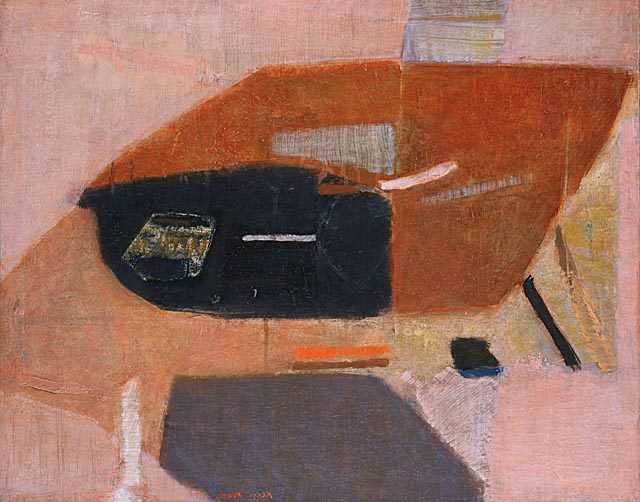
Kenzo Okada’s Number 2 (1954)
Other museums that have featured Okada’s art:
- National Museum of Modern Art, Kyoto
- Honolulu Museum of Art
- Smithsonian American Art Museum
These exhibitions have kept Okada’s legacy alive. They show how Okada’s blend of Eastern and Western styles shaped his abstract art.
Frequently Asked Questions
Kenzo Okada’s contributions to abstract expressionism are significant. His unique style combined Japanese aesthetics and Western techniques.
What is Kenzo Okada known for in the world of art?
Kenzo Okada is the first Japanese American artist to achieve international recognition for his abstract expressionist works. He was awarded prizes at the Venice Biennale in 1958, including the UNESCO Prize.
Okada’s works combine Eastern and Western styles. His paintings were a fusion of Eastern and Western styles.
How did Japanese heritage influence Okada’s painting style?
Okada’s Japanese roots deeply influenced his art. He used the muted colors and simple shapes common to traditional Japanese art.
His work has a meditative, calm quality. This was a reflection of Japanese aesthetics like wabi -sabi which emphasizes simplicity and imperfection.
What are some prominent themes found in Okada’s artwork?
Okada painted a lot of nature. He painted abstract landscapes, natural forms and other abstract images.
Okada explored the ideas of harmony and balance. His compositions were meant to create a feeling of peace and harmony.
Which art movements is Kenzo Okada associated with?
Okada’s most prominent connection is with Abstract Expressionism. This movement focuses on art that is spontaneous and emotional.
He was also a member of the New York School. The New York School was a group of artists who worked in New York City during the 1940s and 50s.
Can you outline the evolution of Okada’s painting style throughout his career?
Okada began his career with paintings that were more realistic. He gradually moved away from realistic styles and towards abstract ones.
Later, his work became more minimal. To create strong effects, he used fewer colors and elements.
What are the most notable exhibitions or collections that have featured Okada’s works?
Okada has had his work exhibited at the Museum of Modern Art, New York. His works are included in their permanent collection.
In 1958, Okada was invited to exhibit his art at the Venice Biennale. The event gave him international recognition.


